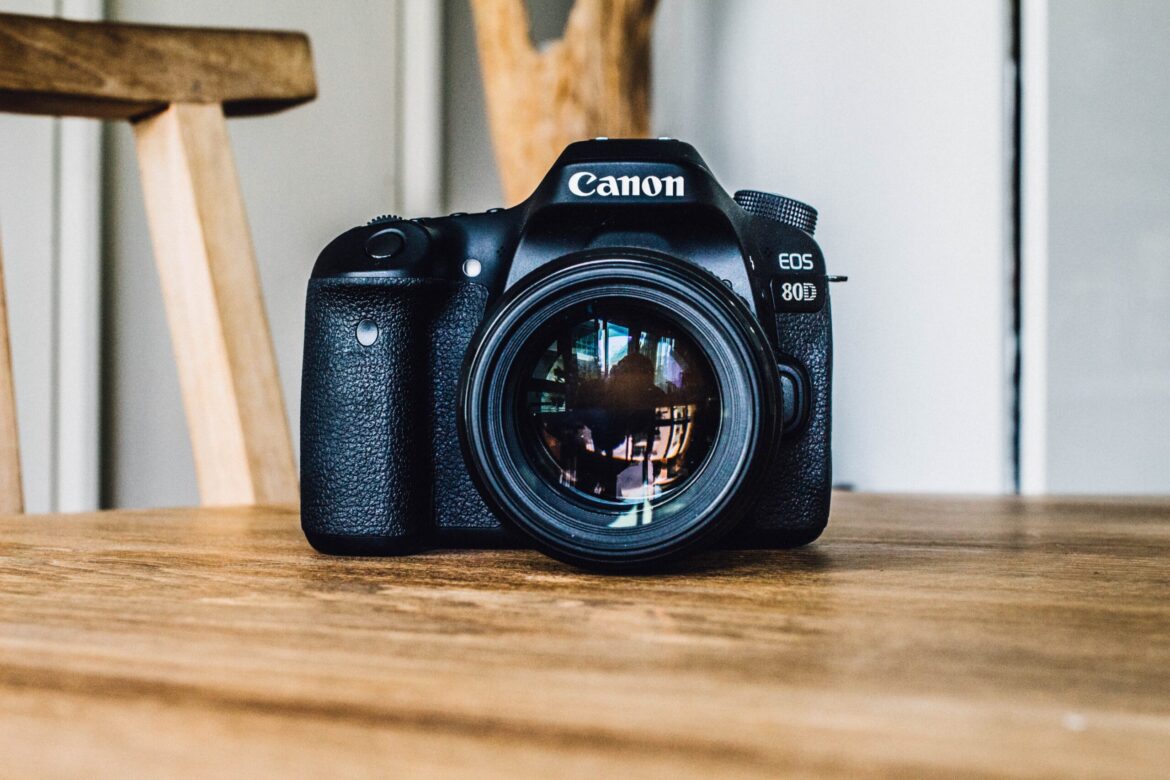What is a DSLR camera? Benefits and drawbacks explained for beginners
If you’re a budding photographer, you may have heard of DSLR cameras. These digital single-lens reflex cameras are often considered to be the best choice for photographers who want to take professional-level photos. However, a DSLR camera isn’t right for everyone. In this article, we’ll explain what exactly What is a DSLR camera, what its benefits and drawbacks are, and which type of photographer it’s best suited for. Read on to learn more about this essential piece of photography equipment!

What is a DSLR camera?
A DSLR camera is a digital single-lens reflex camera. This type of camera uses a mirror system that allows the user to see through the lens and preview the image that will be captured. The main benefit of using a DSLR camera is that it produces high-quality images. In addition, DSLR cameras are generally more versatile than other types of cameras, as they offer a variety of features and settings that can be customized to suit the needs of the user.
However, there are also some drawbacks to using a DSLR camera. One downside is that these cameras can be quite expensive, especially if you want to purchase one with all the bells and whistles. Additionally, DSLR cameras can be large and bulky, which can make them difficult to carry around with you. Finally, because DSLR cameras offer so many features and settings, they can sometimes be complex and challenging to use for novice photographers.

What is a DSLR camera
The benefits of having a DSLR camera
DSLR cameras have become increasingly popular in recent years, as they offer a number of advantages over traditional point-and-shoot cameras. DSLR cameras allow you to capture high-quality images and videos, and offer a variety of features that can be beneficial for both amateur and professional photographers.
Some of the benefits of owning a DSLR camera include:

What is a DSLR camera
1. High image quality: DSLR cameras produce clear and sharp images, even in low light conditions. This is due to their large image sensors, which allow more light to be captured than smaller sensors found in point-and-shoot cameras.
2. Greater control over your photos: With a DSLR camera, you have complete control over all the settings that affect your image, such as aperture, shutter speed, and ISO. This allows you to create the exact photo or video that you want, rather than relying on an automatic mode that may not produce the results you’re looking for.
3. Interchangeable lenses: One of the great advantages of DSLR cameras is that they allow you to swap out different lenses depending on your needs. For example, if you want to take close-up shots of subjects, you can attach a macro lens; if you need to capture wide landscapes, you can use a wide-angle lens. This flexibility means that you can always have the right lens for the job, rather than being limited by a single fixed lens like most point-and-shoot
The drawbacks of having a DSLR camera
DSLR cameras have a number of drawbacks that should be considered before purchasing one. They are large and bulky, which can make them difficult to carry around. They also require a lot of skill and knowledge to use effectively, which not all photographers have. Additionally, DSLR cameras are very expensive, and the cost of lenses and other accessories can add up quickly.
DSLR cameras vs. other types of cameras
DSLR cameras are the most popular type of camera on the market, but they’re not the only option. There are several other types of cameras available, each with its own set of benefits and drawbacks.
Compact cameras are a good choice for casual photographers who don’t want to lug around a heavy camera. They’re small and lightweight, making them easy to carry in a purse or pocket. But compact cameras have smaller sensors than DSLRs, so they don’t perform as well in low-light situations. And they typically don’t have as many features or manual controls as DSLRs.

Bridge cameras straddle the line between compact cameras and DSLRs. They usually have larger sensors than compact cameras, but they’re not as large as DSLRs. That means they offer better performance in low-light situations than compacts, but they’re not as good as DSLRs. Bridge cameras also typically have more features and manual controls than compact cameras, but not as many as DSLRs.
Mirrorless cameras are a newer type of camera that’s growing in popularity. They have sensors that are the same size as those in DSLRs, so they offer similar image quality. But mirrorless cameras don’t have a reflex mirror, which means they’re smaller and lighter than DSLRs. Mirrorless cameras also tend to have more advanced features than DSLRs, such as built-in Wi-Fi and touch screens.
Last Shutter Thoughts
DSLR cameras might be intimidating to the novice photographer, but they are an invaluable tool for capturing creative and stunning photos. With their versatile manual settings, large sensors and interchangeable lenses, a DSLR camera offers more control over your photography than other types of cameras. Of course, this also means that you’ll need to spend time learning how to use the features properly and become familiar with them in order to get the most out of your camera. All in all however, armed with knowledge about what is available from a DSLR camera and weighing up its benefits compared to its drawbacks can go a long way towards helping you decide if one of these powerful pieces of equipment is right for you or not. Hope our article What is a DSLR Camera helped you.
Check out this great article – How To Be More Creative With Your Photos.
Check out Adobe article – The basics of the DSLR camera.
Please leave your comments below and I will happily reply to them.
Like always shutterbugs stay curious and salty.

